Summary
- Periapt of Wound Closure doubles Hit Die healing, ensures success on death saves.
- Periapt of Health provides basic healing, advantage against poisoned condition.
- Ioun Stones offer Regeneration and Reserve variations, useful in various situations.
In Dungeons & Dragons, a Cleric won’t always be around to heal you. Although other classes can do the trick, sometimes you’ll be left injured and realize that your Bard is the only one who has access to Healing Word or similar to pick you up after a fight. This is where items of healing can come in.
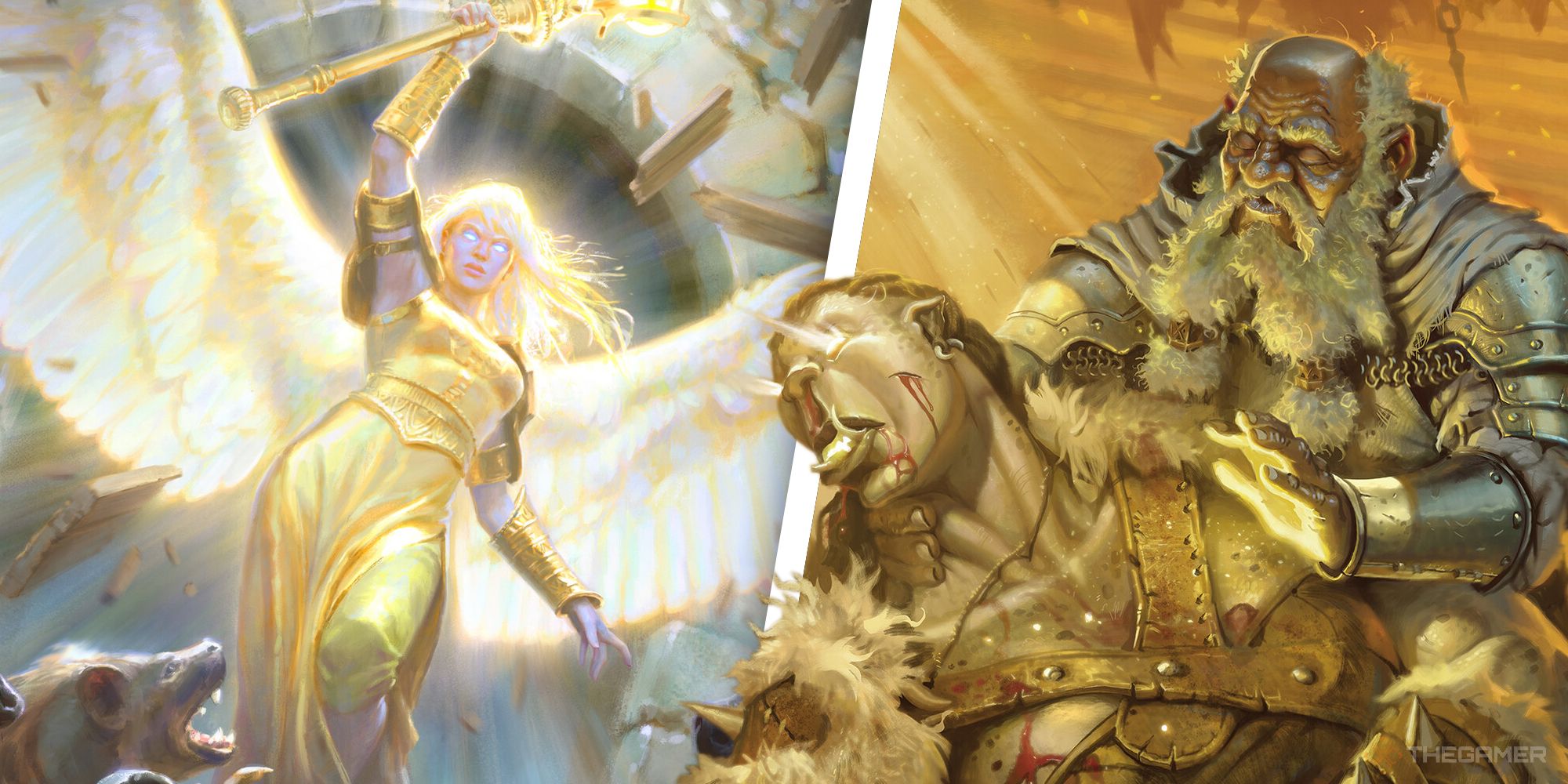
Related
Dungeons & Dragons: 20 Best Healing Subclasses
There are some great healing subclasses to choose from in Dungeons & Dragons. Here’s a look at some of the best.
Although such items are rare, there are some options to save you when you’re in a pinch. So, whether it’s a ring that’s constantly healing you or a rod that can bring back dead party members and do much more, here are the best magical healing items in Dungeons & Dragons.
Updated on January 12, 2025 by Lucas Olah: Still need healing, eh? Well, if you still haven’t got a powerful healing item and are still pestering your DM to make one available in the campaign, feel free to send this list their way. In fact, we’re even expanding the list with more healing items that your DM can put in stores, dungeons, or as loot, allowing you to use them to save yourself or friends throughout the adventure. We’re also updating the information available to match any changes from the 2024 Dungeon Master’s Guide.
8
Periapt Of Wound Closure
Reject Death
|
Rarity |
Uncommon (requires attunement). |
|---|---|
|
Effect |
Whenever you make a death saving throw, you can change a roll of nine or lower to a ten, turning a failed save into a successful one. Whenever you roll a Hit Die to regain hit points, double the number of hit points it restores. |
While this item won’t literally heal you, it’ll make staying alive a lot easier. Whenever you use a Hit Die, whether it’s short resting or through some feature that lets you use them, you can double the number you rolled thanks to this periapt. Don’t forget that the result of a Hit Die also includes your constitution modifier.
Along with that, you just can’t roll lower than ten on death saving throws, meaning that you’ll succeed at every roll and eventually stabilize, so you don’t need to be afraid when you’re down – unless the enemy attacks you three times before you stabilize, but that’s a different problem.
7
Periapt Of Health
DIY Second Wind
|
Rarity |
Uncommon (requires attunement). |
|---|---|
|
Effect |
While wearing this pendant, you can take a Magic action to regain 2d4 + 2 hit points. Once used, this property can’t be used again until the next dawn. In addition, you have advantage on saving throws to avoid or end the Poisoned condition while you wear this pendant. |
If you want some basic healing instead of other effects, then this periapt might be a better pick than the other one. It heals you for 2d4+2 hit points (an average of eight hit points), and it can be used once a day. It also makes it easier to avoid or resist the Poisoned condition.
While this healing isn’t as powerful, this actually makes the periapt an excellent loot option for low-level campaigns, giving the characters some extra survivability before they get better spells and items.
6
Ioun Stone
Regeneration And Reserve Variations, Specifically
|
Rarity |
Varies (requires attunement). |
|---|---|
|
Effect |
When you take a Magic action to toss an Ioun Stone into the air, the stone orbits your head at a distance of 1d3 feet, conferring its benefit to you while doing so. You can have up to three Ioun Stones orbiting your head at the same time. Regeneration (Legendary): You regain 15 hit points at the end of each hour this pearly white spindle orbits your head if you have at least one hit point. Reserve (Rare): This vibrant purple prism stores spells cast into it, holding them until you use them. The stone can store up to four levels of spells at a time. When found, it contains 1d4 levels of stored spells chosen by the DM. Any creature can cast a spell of level one through four into the stone by touching it as the spell is cast. The spell has no effect, other than to be stored in the stone. If the stone can’t hold the spell, the spell is expended without effect. The level of the slot used to cast the spell determines how much space it uses. While this stone orbits your head, you can cast any spell stored in it. The spell uses the slot level, spell save DC, spell attack bonus, and spellcasting ability of the original caster but is otherwise treated as if you cast the spell. The spell cast from the stone is no longer stored in it, freeing up space. |
Ioun stones have many different effects depending on what they’re made of, offering some sort of supportive role in most cases, such as increasing stats. However, two variations here are worth mentioning: Regeneration and Reserve.
The Regeneration stone will let you recover 15 hit points per hour, allowing you to recover health passively or to make your short rests a bit more effective. You can have three stones of any kind on you, so nothing stops you from having three of these to heal you for 45 hit points an hour – though please, let your party members have some of the loot, okay?
The Reserve stone is more complicated but really good. It lets you store spells inside it. You’ll still use your spell slot to put a spell inside the stone, but this allows characters who don’t have access to healing spells to be able to save you in a pinch, like the fighter putting the cleric back up because the enemies weren’t dumb and took the healer down first.
5
Keoghtom’s Ointment
For Wounds And Poisons
|
Rarity |
Uncommon. |
|---|---|
|
Effect |
This glass jar, three inches in diameter, contains 1d4 + 1 doses of a thick mixture that smells faintly of aloe. The jar and its contents weigh 1/2 pound. As an Utilize action, you can swallow one dose of the ointment or apply it to a creature within five feet of yourself. The creature that receives it regains 2d8 + 2 Hit Points and ceases to have the Poisoned condition. |
This ointment is one of the best items for any non-magical healing. Depending on what you roll, this jar will contain a certain number of doses of thick ointment, which can be applied to the injuries of a creature or even swallowed if needed.

Related
Dungeons & Dragons: All Cleric Subclasses, Ranked
Not all clerics are created equal, so we’ve ranked all the cleric subclasses in the Player’s Handbook and subsequent sourcebooks.
The creature can cease poisoning, get any disease cured, and it will also regain some hit points at an impressive 2d8 + 2. While this healing won’t compete with actual healing potions, it’s helpful in healing small amounts after combat or for dealing with the Poisoned condition.
4
Staff Of Healing
Healing Spells Without Using Slots
|
Rarity |
Rare (requires attunement from a druid, cleric, or bard). |
|---|---|
|
Effect |
This staff has ten charges. While holding it, you can use an action to expend one or more of its charges to cast one of the following spells from it, using your spell save DC and spellcasting ability modifier: cure wounds (one charge per spell level, up to fourth), lesser restoration (two charges) or mass cure wounds (five charges). The staff regains 1d6 + 4 expended charges daily at dawn. If you expend the last charge, roll 1d20. On a one, the staff vanishes in a flash of light, lost forever. |
From its name, it’s obvious that a Staff of Healing can do great wonders. This staff is useful for even the best of clerics as it can cast some great spells, from Lesser Restoration to Mass Cure Wounds, which is a powerful healing spell without consuming spell slots.
This will help any healer save some spell slots or sacrifice the need to prepare these spells. Just be careful that you can destroy the staff if you use all of its charges. It’s not guaranteed that you’ll destroy it, but it’s good to avoid using all charges if possible.
3
Necklace Of Prayer Beads
Healing With Your Bonus Action
|
Rarity |
Rare (requires attunement by a cleric, druid, or paladin). |
|---|---|
|
Effect |
This necklace has 1d4 + 2 magic beads made from aquamarine, black pearl, or topaz. It also has many nonmagical beads made from stones such as amber, bloodstone, citrine, coral, jade, pearl, or quartz. If a magic bead is removed from the necklace, that bead loses its magic. Each bead contains a spell that you can cast from it as a bonus action (using your spell save DC if a save is necessary). Once a magic bead’s spell is cast, that bead can’t be used again until the next dawn. |
The Necklace of Prayer Beads isn’t just for aesthetics. This magic item has numerous magical beads, each having a spell on it. The spells are determined randomly or chosen by the DM, but – unless they homebrew it – it’ll be one of the following options: Bless, Cure Wounds (at second level), Greater Restoration, Shining Smite, Guardian of Faith, and Wind Walk.

Related
Dungeons & Dragons: 8 Ways To Flavor Healing Spells
It’s not all golden light and Holy Symbols here.
While only one of the beads here has a spell that heals, the DM can repeat spells here, or you can if your character has some control over which spells the necklace will have. So, nothing stops you from putting a bunch of Cure Wounds here, and you’ll even be able to cast it as a bonus action.
2
Ring Of Regeneration
‘Tis But A Scratch
|
Rarity |
Very rare (requires attunement). |
|---|---|
|
Effect |
While wearing this ring, you regain 1d6 hit points every 10 minutes, provided that you have at least one hit point. If you lose a body part, the ring causes the missing part to regrow and return to full functionality after 1d6 + 1 day if you have at least one hit point the whole time. |
If you’re looking for a more powerful item, then you have the Ring of Regeneration. This ring is extremely helpful for campaigns in which you’re traveling or will be out of combat for a while, as you will be able to recover a number of hit points every ten minutes.
In addition, you can regenerate missing body parts as if you’re subjected to the high-level spell Regeneration. The only downside is how expensive the item is and that it can really only heal the wearer.
1
Rod Of Resurrection
Heroes Never Die
|
Rarity |
Legendary (requires attunement by a cleric, druid, or paladin). |
|---|---|
|
Effect |
This rod has five charges. While you hold it, you can use an action to cast one of the following spells from it: Heal (expends one charge) or Resurrection (expends five charges). If the rod is reduced to zero charges, roll a d20. On a one, the rod disappears in a burst of radiance. |
There are powerful items that are focused solely on healing. The Rod of Resurrection will allow the user to cast the spell Heal or even Resurrection to bring back dead party members. Being able to bring someone back from the dead is obviously good, so not much to explain there.
That said, being able to cast a high-level spell such as Heal with only one charge is a godsend. It’s one of the strongest healing spells in terms of raw healing (guaranteed 70 hit points of healing), and it also ends the Poisoned, Blinded, or Deafened condition if the target has it.
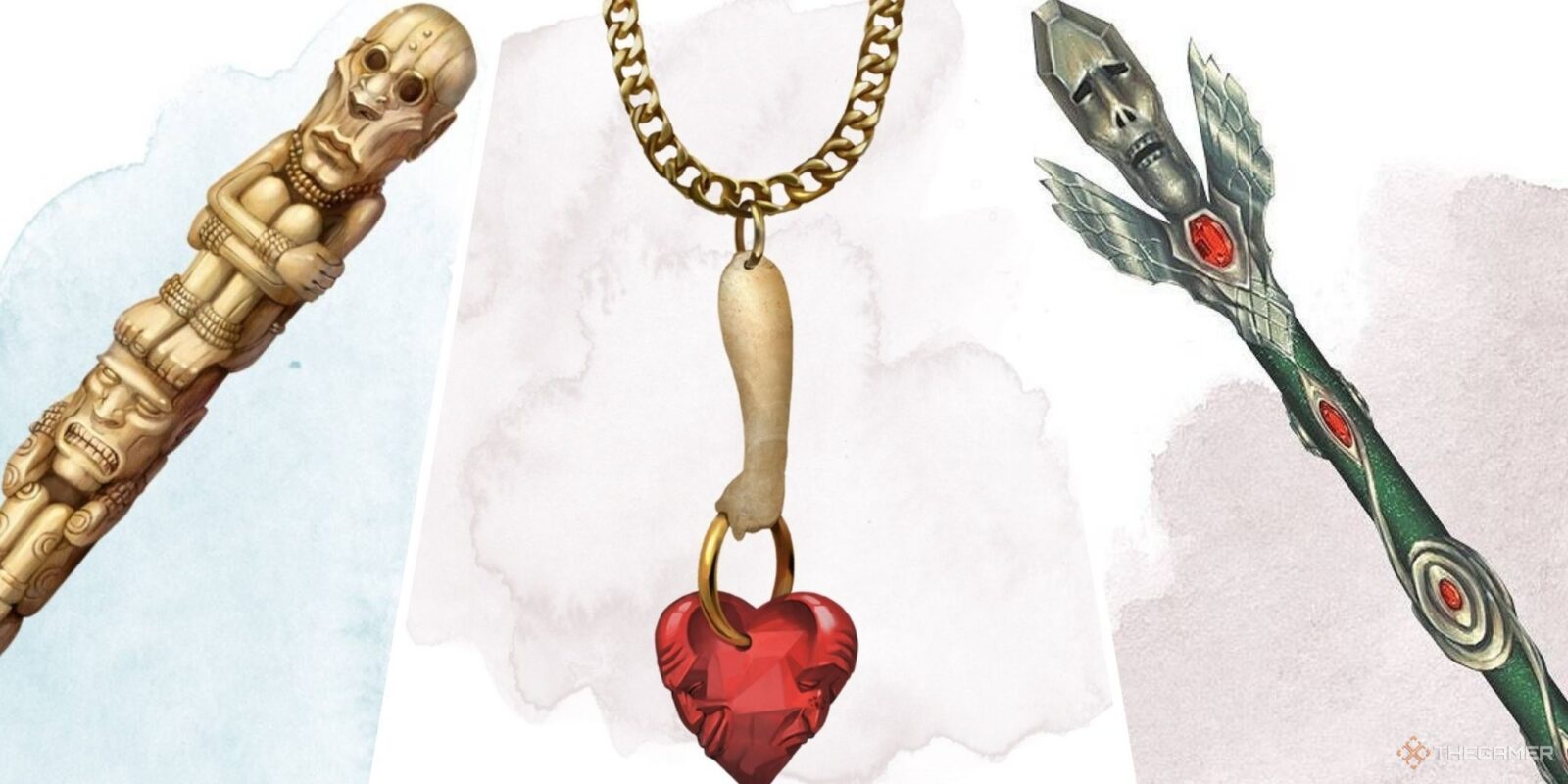

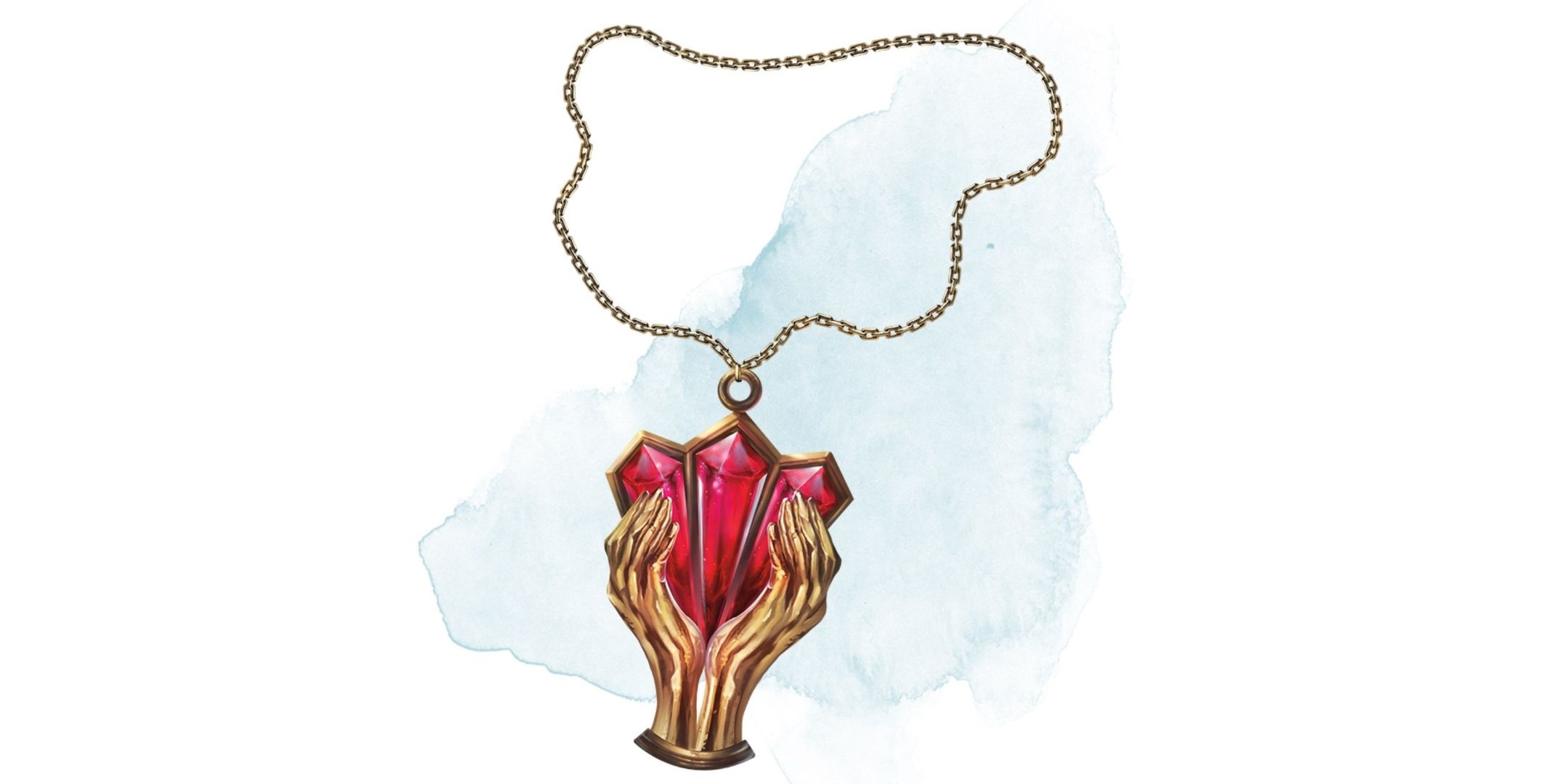
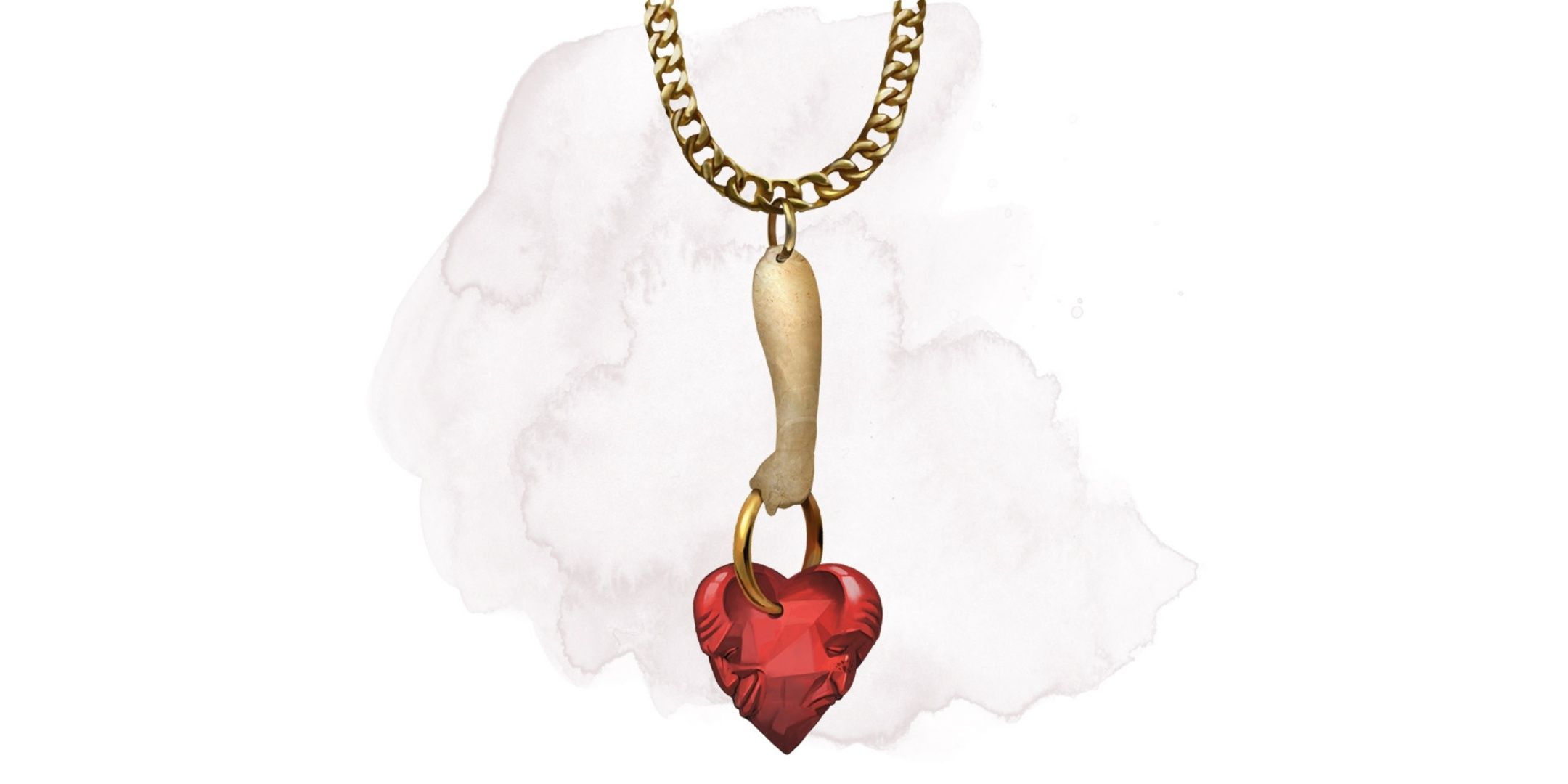
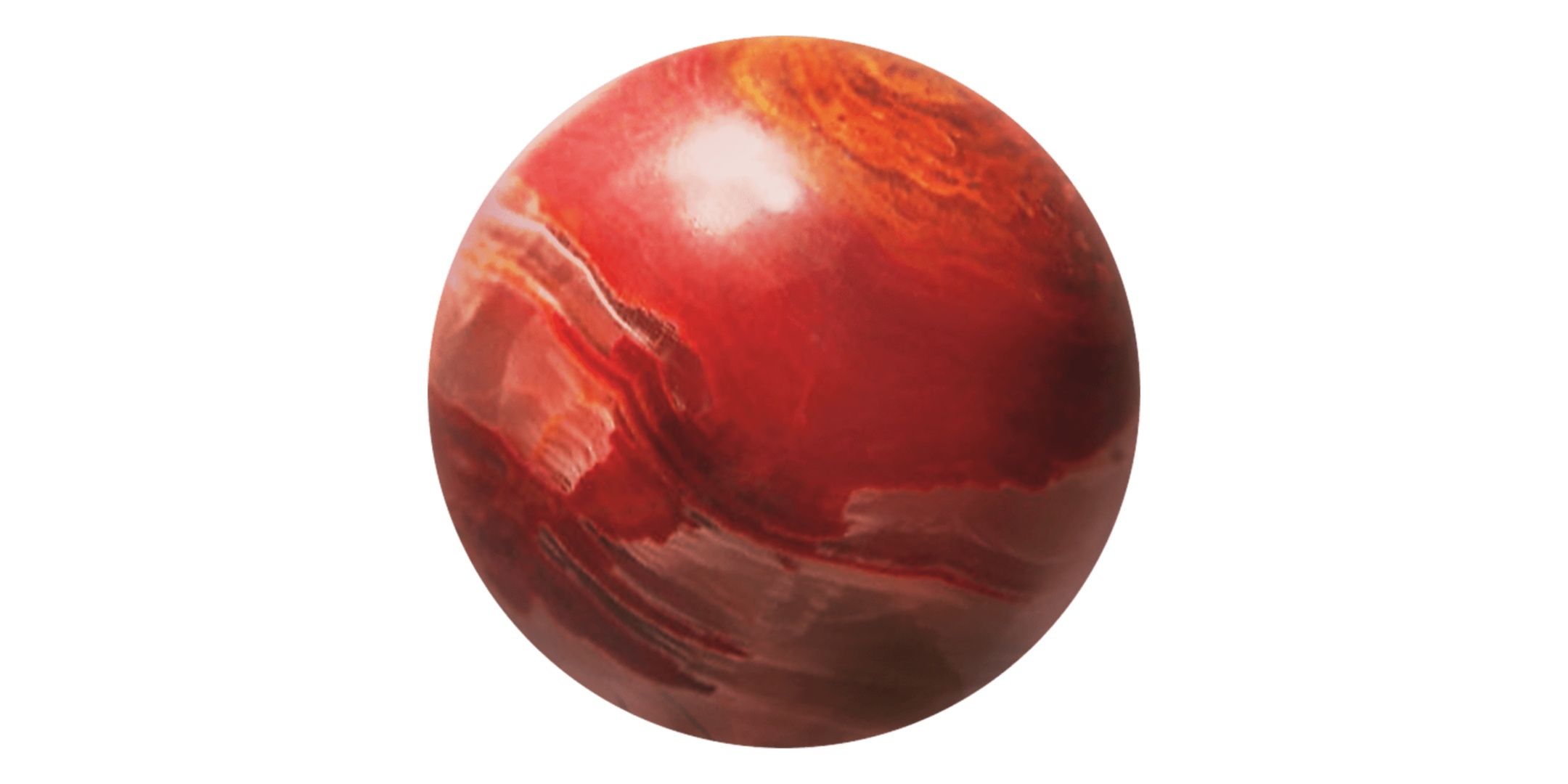
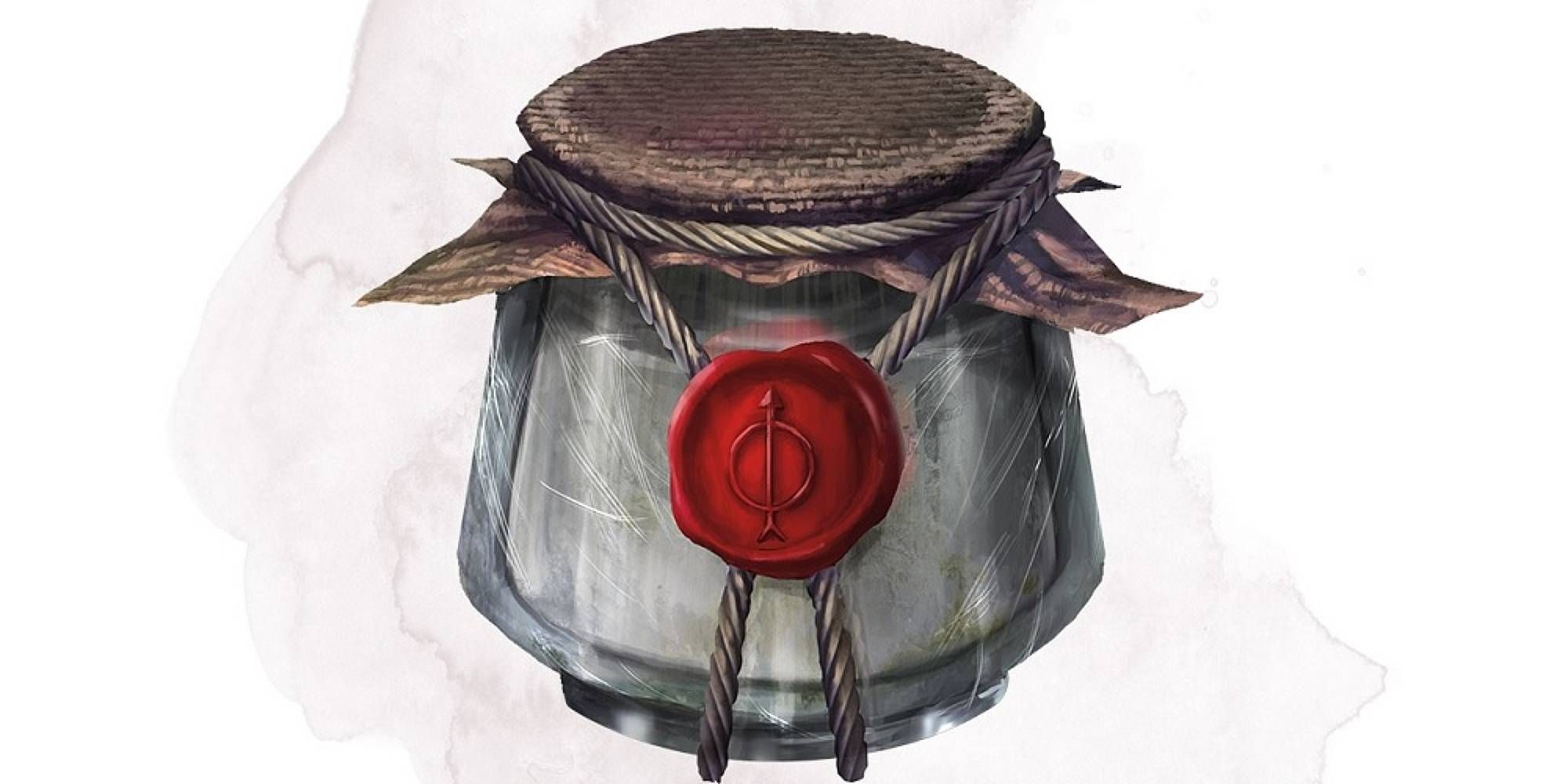
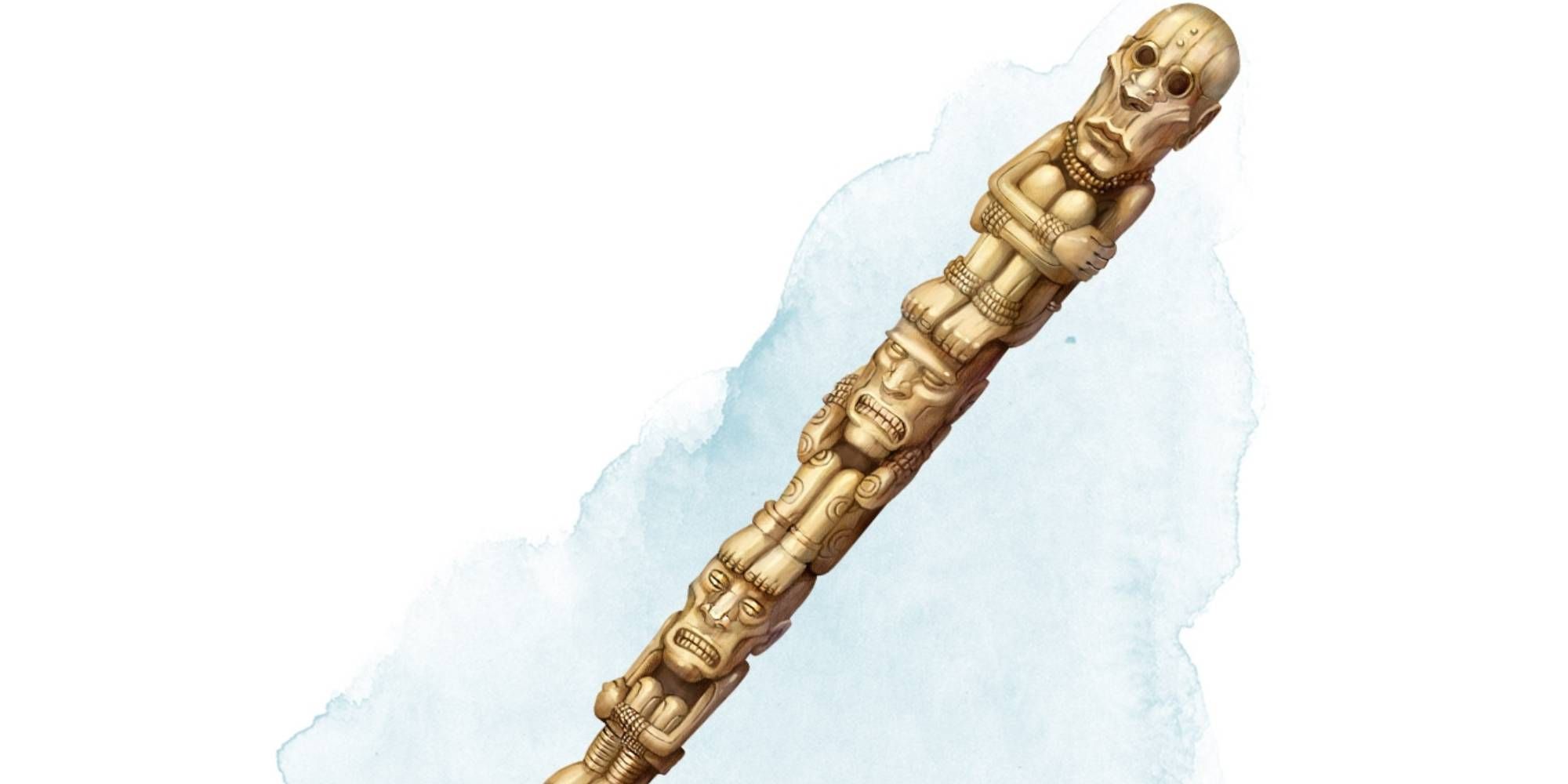
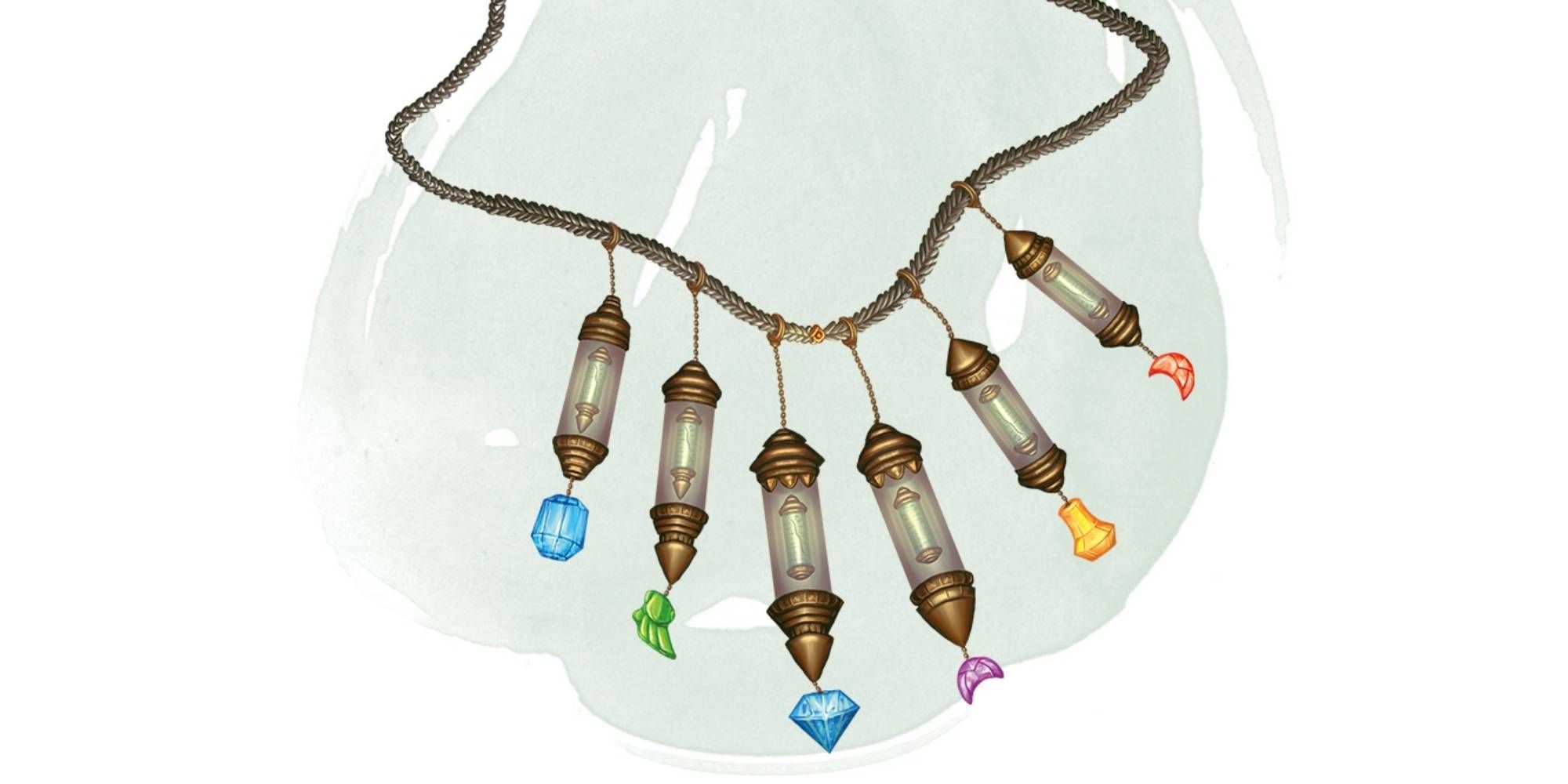
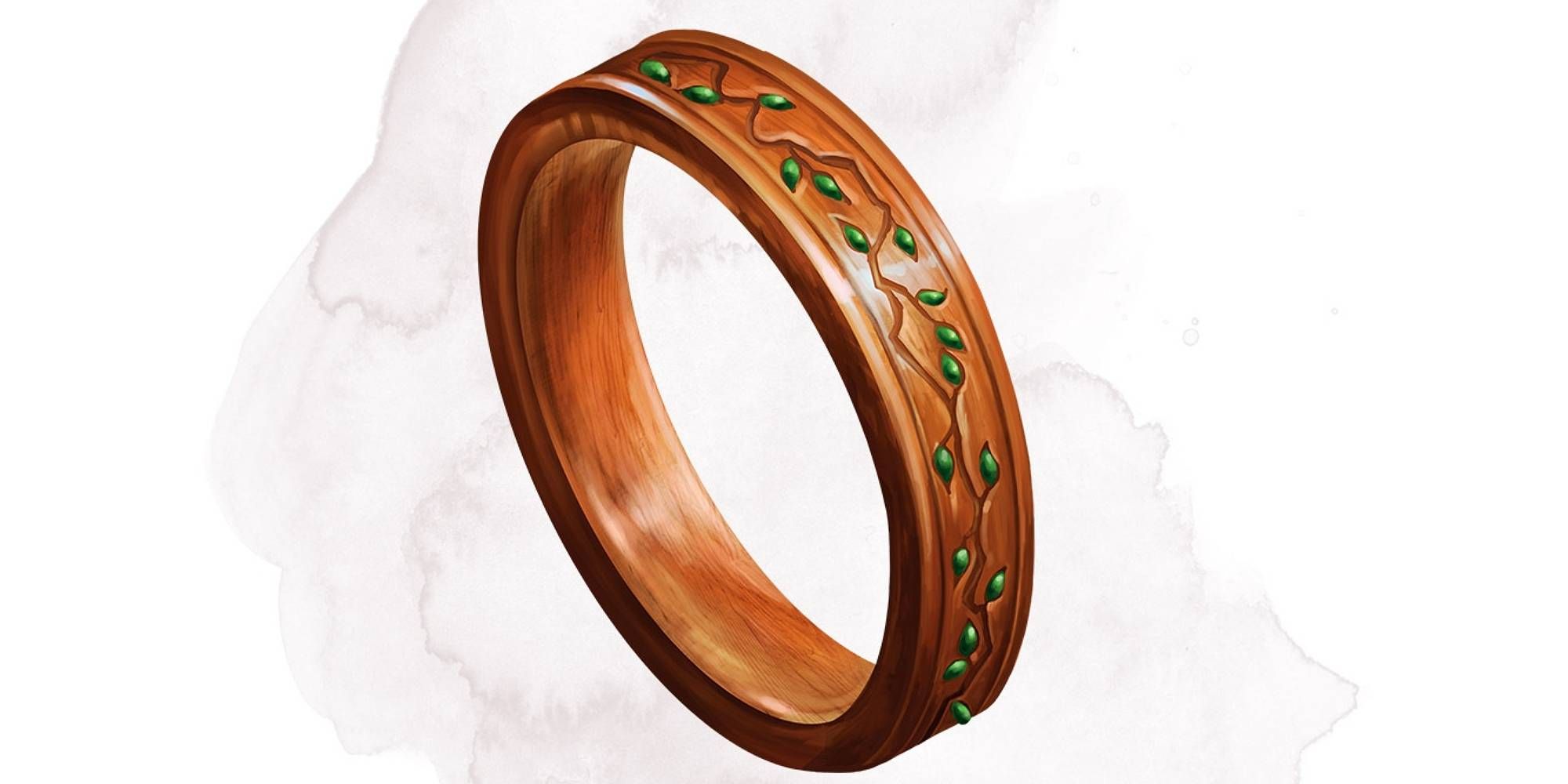
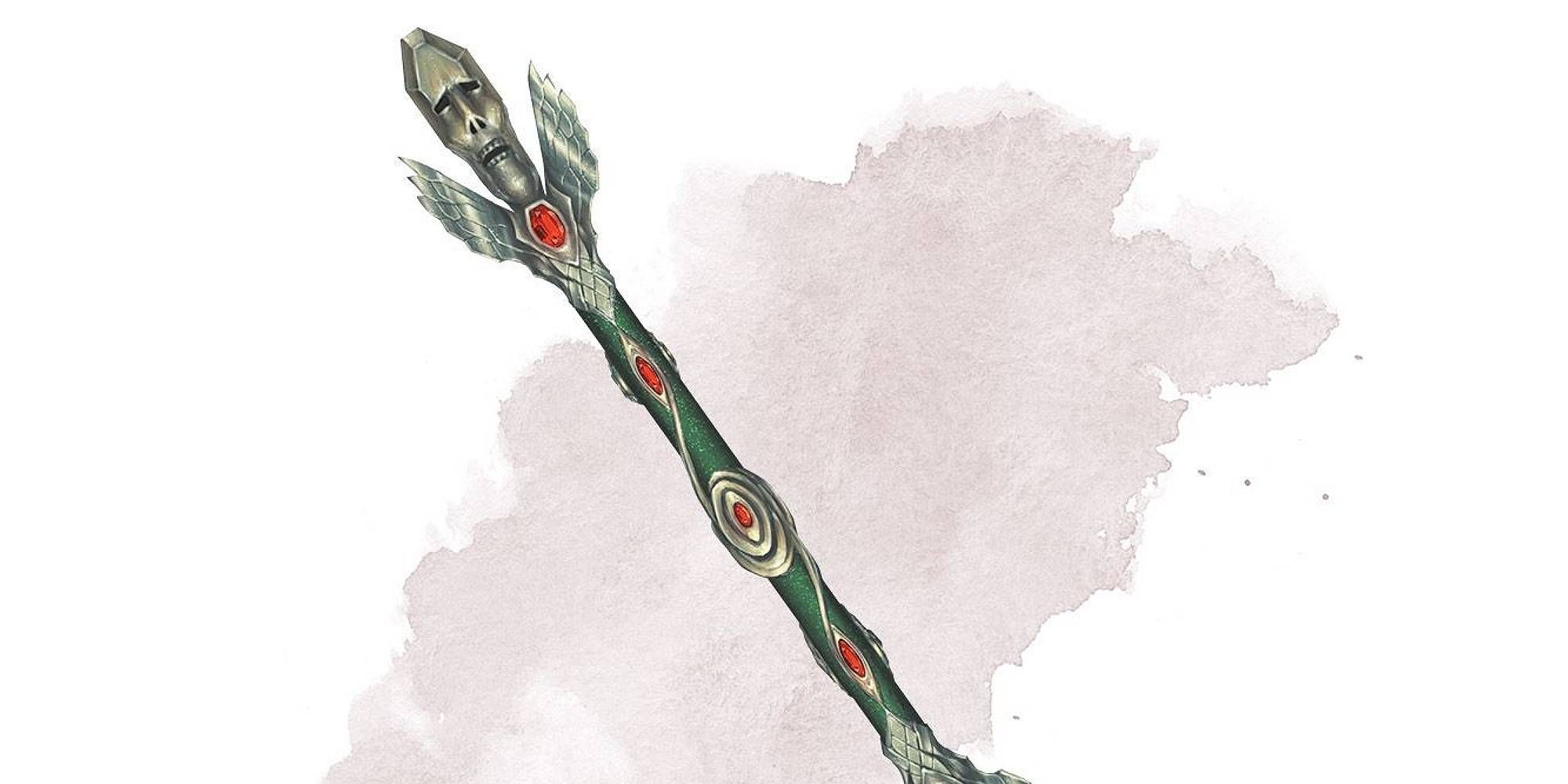








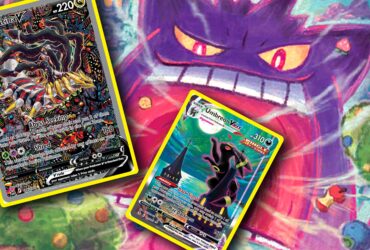

Leave a Reply